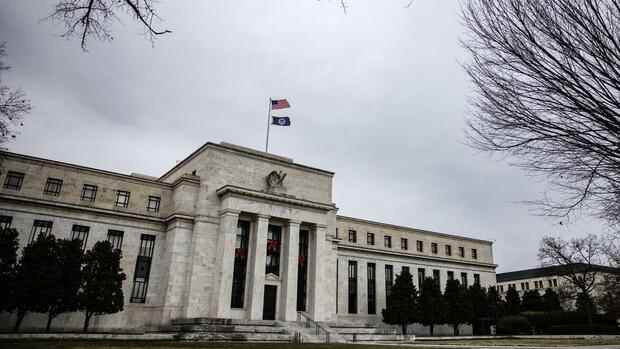If the most important central bank defines a new monetary policy framework, it has far-reaching consequences.
(Photo: Bloomberg)
It rarely happens that the publication of a document shakes the markets and at the same time shows where the year is going. But that is exactly what happened last week: In the minutes of the US Federal Reserve (Fed) of its December meeting, the monetary politicians indicated that the Fed’s balance sheet should shrink faster than previously expected. This made it clear to investors that the much discussed interest rate turnaround should not be trifled with. The courses reacted accordingly.
If the most important central bank defines a new monetary policy framework, it has far-reaching consequences. The good news, however: For investors, in the long run this leads to more normal conditions and ultimately more stability in the portfolio.
Since the financial crisis of 2008, the leading central banks have been pumping ever more and cheaper money into the economy in order to stabilize the financial system, to keep the economic system running, which has also been used to finance the ever increasing national debts at low cost.
The flood of money got more and more into assets such as stocks and real estate and made their prices more and more expensive.
Top jobs of the day
Find the best jobs now and
be notified by email.
But now the massively increased prices for energy and many products for industry and consumption as well as feared wage pressure are apparently causing the central bankers to rethink. Its core task is to keep the interplay between the money supply and inflation in balance.
Two trillion out of the system
If the Fed takes around two trillion US dollars out of the system over the next two years through bonds that are due to expire and not be replaced, this deflation is likely to lead to sometimes significant price fluctuations for stocks and bonds. The mere publication of the minutes caused the price of the ten-year US government bond, which is a benchmark for bonds, to drop significantly and its yield to climb by up to 20 percent. The particularly interest-sensitive technology stocks lost almost five percent in value.
Experts can imagine that the stock markets fluctuate significantly more – in the double-digit percentage range – than recently when the flood of money subsided. However, in the end this also led to more realistic valuations for stocks and bonds. It seems strange that in the midst of a pandemic with massive consequences for society and the economy, stocks, especially in the USA, are more expensive than ever before. And when there are measurable interest rates on the capital market again, bonds could also yield interest again – but here the inflation will continue to gnaw at the value.
In the longer term, inflation and the money supply are likely to level off again at a slightly higher level unless the next major disruption turns the world off its hinges again. And that means more sober, but still decent prospects for company profits and thus also for stocks. Most strategists expect single-digit gains in earnings and stock prices this year. The interest rate turnaround would thus be the salutary entry into a more realistic, longer-term, more solid world of investment income.
More: Why the corona pandemic is also about distribution battles when it comes to inflation and national debt
